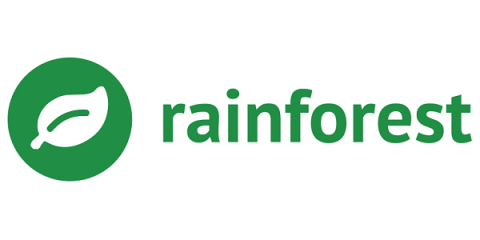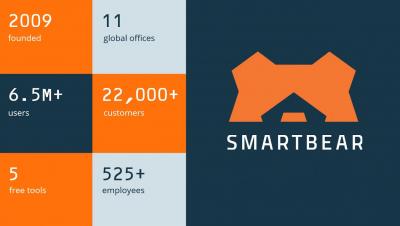Apply Shift-Left Testing Approach to Continuous Testing
As the demand to release quality software products in the short amount of time continues to accelerate, Agile and DevOps teams have to adopt new approaches to avoid falling behind. Continuous testing and shift-left testing are two breakthrough solutions in this modern era of software delivery. In this blog, we will walk you through these two notions, their benefits, and how to implement them into your software development life cycle (SDLC).











